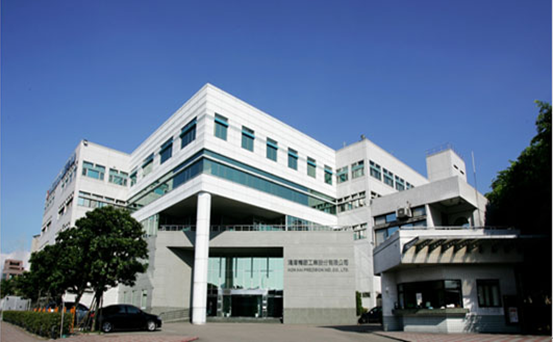Foxconn on July 26 announced the initiation of its “Flying Eagle Project” in North America and a US$10 billion investment to build a Gen-10.5 LCD panel fab in Wisconsin. According to WitsView, a division of TrendForce, this proposed plant will be mainly producing panels of 8K resolution. Display technologies behind 8K resolution are well developed and have existed for a while. Nonetheless, Foxconn’s Wisconsin plant represents the first-ever attempt to build LCD manufacturing capacity in North America. As LCD technology matures, having an integrated supply chain for its end products near or within the key regional markets will be crucial to the competitiveness of panel suppliers and consumer electronics brands.
 |
|
(Image: Foxconn) |
Originally began as a system integrator, Foxconn has now taken on a pioneering role by bringing its nearly 20 years’ worth of LCD expertise into the U.S. Also, North America represents a huge part of the global consumer electronics market. The Wisconsin plant clearly shows Foxconn intention to further expand its presence in this region.
While Foxconn has announced the sum of the entire investment, the company has yet to disclose information about the production capacity being planned for the Gen-10.5 fab. WitsView points out that the Wisconsin plant could be enormous in scale and has sufficient panel capacity to allow Foxconn establish a vertically integrated operation in the U.S. Under this scenario, Foxconn intends to replicate its competitive advantages in North America.
Though Foxconn’s strategy of vertical integration has been successful in Asia, applying this model in the U.S. will run into some hurdles. For instance, obtaining key equipment such as exposure machines is a major challenge. Currently, Foxconn is also investing in a Gen-10.5 fab in Guangzhou, China. The sourcing of equipment has become the bottleneck that prevents this project from moving forward. The same problem could occur during the setup of the Wisconsin plant. Foxconn may also have to spend a considerable amount of time to complete the local supply chain that fits into the operation of Wisconsin plant, thus delaying the execution of the Flying Eagle Project.
Alternatively, Foxconn could limit the scale of the Wisconsin plant. In this case, a sizable portion of the US$10 billion investment would be used for developing the system integration market in the downstream rather than expanding the plant’s production capacity. Moreover, the U.S. panel fab would be working with Foxconn’s other display manufacturing subsidiaries (i.e. Innolux and Sharp), allowing for a more efficient division of labor and greater flexibility in capacity utilization.
WitsView, on the whole, believes that Foxconn’s attempt to bring its vertically integrated supply chain to the North American market will have an impact on the sourcing decisions of products and give more options to system vendors. On the other hand, the Wisconsin plant is a project that is heavily influenced by U.S. politics. Whether Foxconn will be able to sustain its expansionary drive in North America will also depend on these political forces.












